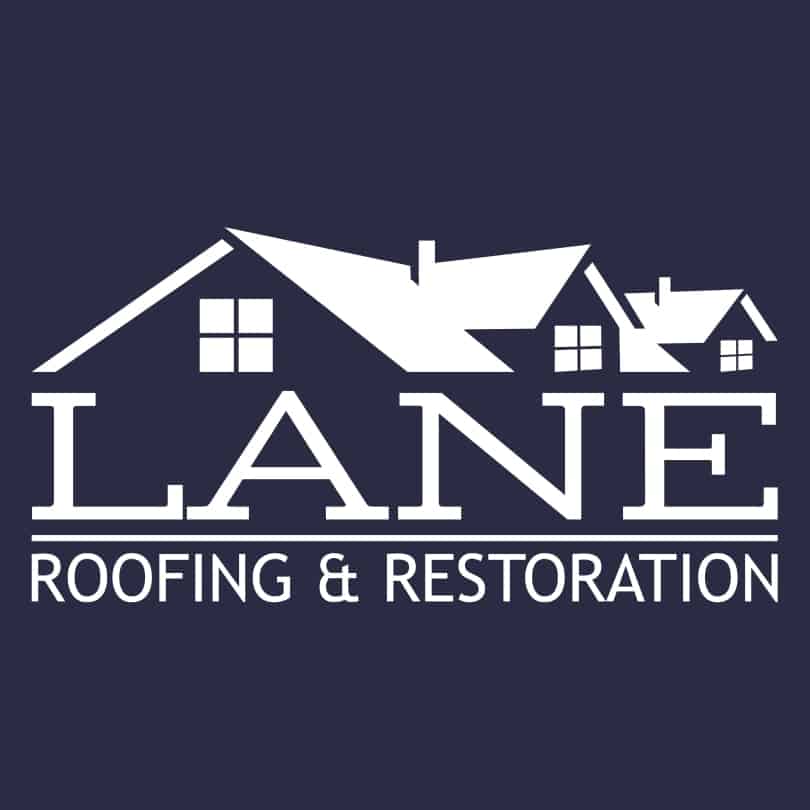Discover how proper attic insulation and ventilation systems maximize energy efficiency in your Asheville home. Lane Roofing explains the critical relationship between these hidden heroes and your roof’s performance.
_______________________________
Energy-Efficient Roofing and Construction: How Insulation and Ventilation Work Together
The Hidden Heroes of Your Home’s Efficiency
When we talk about energy-efficient homes in Western North Carolina, the conversation often focuses on roofing materials or window upgrades. But two critical components work quietly behind the scenes to maximize your home’s efficiency: proper attic insulation and ventilation. At Lane Roofing and Restoration, we know these unsung heroes can make or break your home’s energy performance, especially during Asheville’s varied seasons. Without them, even the most advanced roofing system won’t deliver the comfort or savings you expect. Let’s explore why these elements matter so much and how they work together to protect your home and reduce energy costs year-round.
Understanding the Insulation-Ventilation Relationship
It might seem counterintuitive – why insulate your attic for warmth but also ventilate it? The answer lies in how these systems complement each other. Quality insulation creates a thermal barrier between your living space and the attic, preventing heat transfer. Meanwhile, proper ventilation manages moisture and temperature in the attic space itself.
In winter, insulation keeps heated air from escaping upward through your ceiling. At the same time, ventilation prevents warm, moist household air from condensing in your cold attic, which could lead to mold and rot. During summer, ventilation expels hot air that gets trapped in your attic, reducing the cooling burden on your air conditioning system.
This balanced system is especially important in Asheville’s climate, where we face both chilly winters and warm, humid summers. Without either component, your energy bills climb and your roof’s lifespan shortens.
Signs Your Insulation and Ventilation Need Attention
Temperature Issues
If you notice some rooms are always too hot or too cold, or your second floor feels like an oven in summer, poor attic insulation is likely the culprit. Uneven temperatures throughout your home often point to insulation gaps or inadequate coverage.
Moisture Problems
Spotting frost in your attic during winter, finding water stains on ceilings, or discovering mold growth can indicate ventilation issues. Without proper airflow, moisture gets trapped, creating the perfect environment for damage to develop.
Ice Dams
Those picturesque icicles hanging from your roof might look charming, but they signal a problem. Ice dams form when heat escapes through poor insulation, melting snow that later refreezes at your roof’s edge. This can force water under shingles and into your home.
High Energy Bills
If your heating and cooling costs keep climbing despite reasonable weather, your attic systems might be letting you down. Many Asheville homeowners see 15-30% reductions in energy costs after improving these hidden components.
The Right Insulation for Western North Carolina Homes
Not all insulation is created equal, and what works in Florida won’t necessarily be right for Asheville. We typically recommend insulation with an R-value between R-38 and R-60 for attics in our region, accounting for our specific climate demands.
Options include fiberglass batts, blown-in cellulose, spray foam, and rigid foam boards. Each has advantages depending on your attic configuration, budget, and efficiency goals. For older Asheville homes, which make up much of our service area, we often find adding blown-in insulation provides an excellent return on investment without major reconstruction.
Ventilation Systems That Work
Proper ventilation requires both intake and exhaust components. Intake vents, typically located in the soffit area, allow fresh air to enter the attic. Exhaust vents, positioned near or at the roof peak, let warm, moist air escape.
Common ventilation solutions include ridge vents, which run along the roof’s peak; gable vents installed in the walls of the attic; soffit vents under the eaves; and powered attic fans for homes needing additional airflow. The right system for your home depends on your roof design, attic configuration, and local climate conditions.
Why Professional Assessment Matters
While DIY insulation projects are possible, professional evaluation offers significant advantages. Our team at Lane Roofing and Restoration can identify hidden issues like air leaks around fixtures, evaluate your current insulation’s condition, and recommend the right ventilation solutions for your specific roof structure.
We use thermal imaging to spot problem areas that aren’t visible to the naked eye, helping target improvements where they’ll make the biggest difference. This precision approach saves money by focusing on what truly needs attention rather than unnecessary overhauls.
Your Next Steps Toward Better Efficiency
Ready to make your Asheville home more comfortable and energy-efficient? Start with a professional assessment of your current insulation and ventilation. Our team can help you understand what improvements will deliver the best return on investment for your specific situation.
Remember, these hidden heroes work best as part of a complete roofing system. When planning roof repairs or replacement, that’s the perfect time to upgrade insulation and ventilation too. You’ll maximize your investment and enjoy the benefits of a truly efficient home for years to come.
Trust Your Local Experts
As Asheville natives, we understand the unique challenges our local climate presents for roofing systems. Our hands-on, down-to-earth approach means we’ll give you honest recommendations about what your home truly needs – not just what costs the most.
Contact Lane Roofing and Restoration today at (828) 490-1830 for a no-obligation consultation about your home’s insulation and ventilation needs. We’re here to help you create an energy-efficient home that stays comfortable year-round while keeping your energy bills in check.
